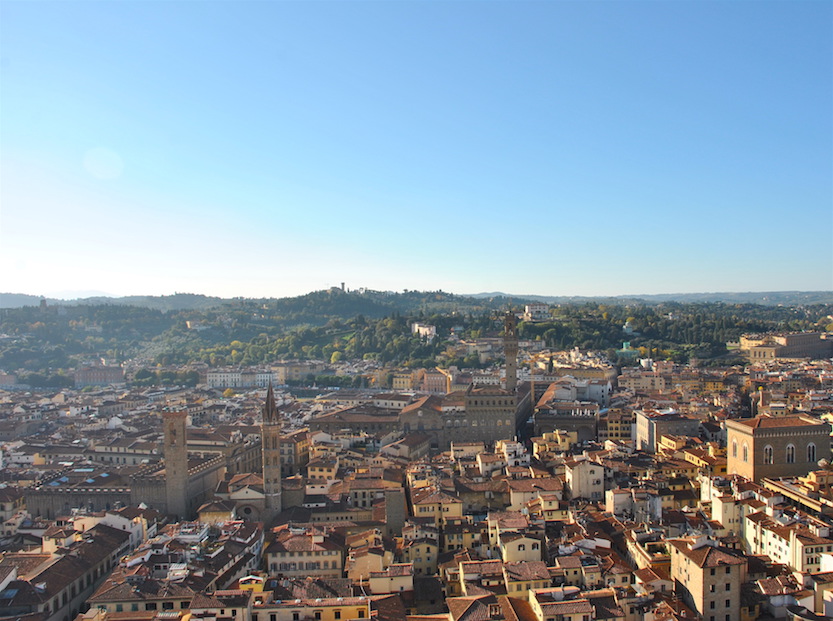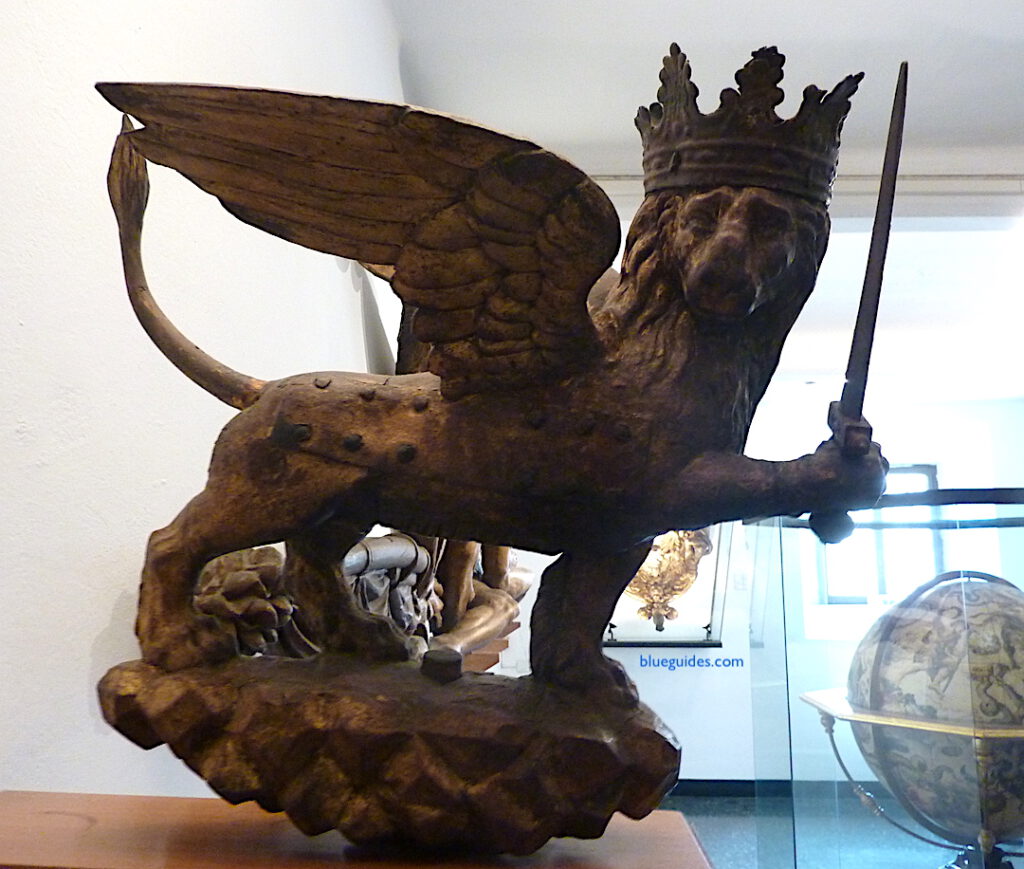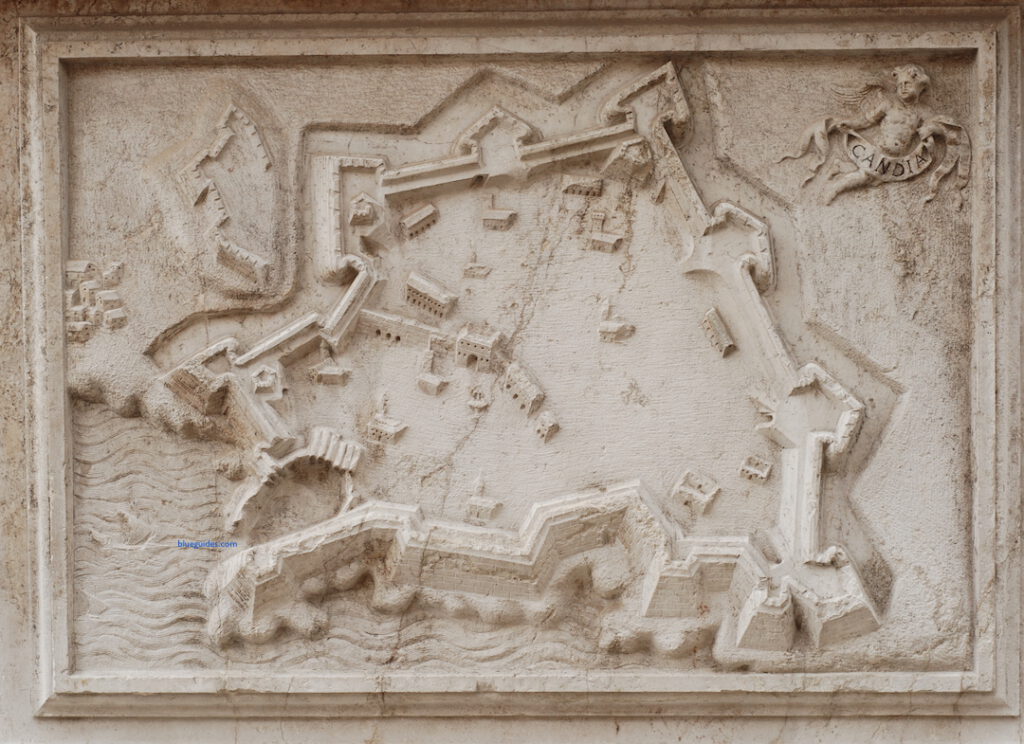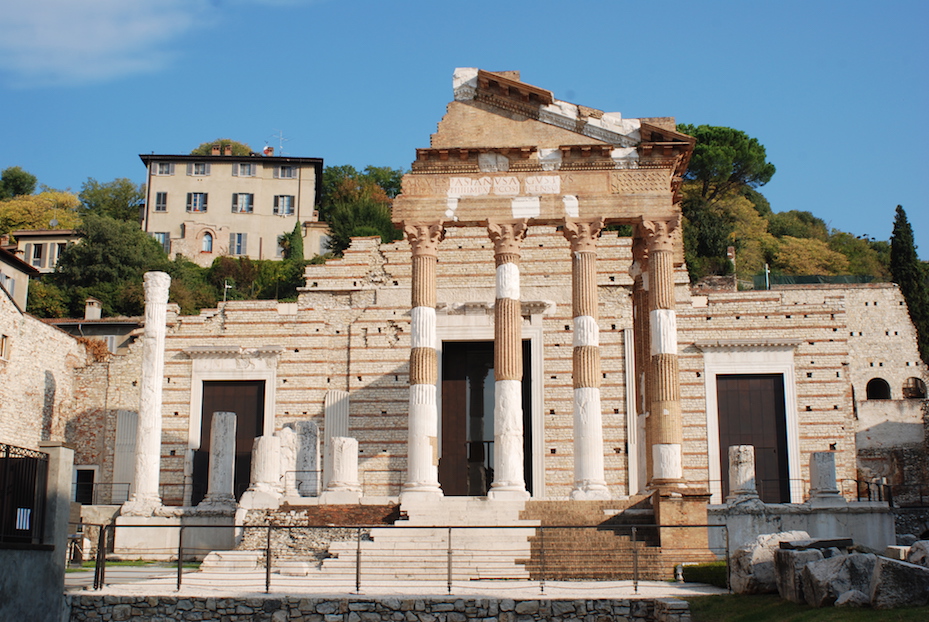
I was last in Brescia in 2018, preparing for the first edition of Blue Guide Lombardy, Milan and the Italian Lakes which was published the following year. Apart from the extraordinary beauty and interest of her museums and monuments (which I remembered from my last visit when at work for Blue Guide Northern Italy way back in 1996), I was deeply impressed by the multi-ethnic atmosphere of the city. The local government has not only ensured the integration of a new influx of immigrants but it has seen to it that Italian citizenship has been bestowed on the great majority of these new inhabitants. I was struck by many small details which suggested how successful this policy had been, somehow summed up in the simple small ‘supermarket’ outside the station with its sign boasting ‘Food from all the world’.
Little did I imagine that in March 2020, the province of Brescia together with that of her close neighbour Bergamo would have suffered the tragic record number of deaths from Covid-19 in all Italy. That month the army had to be called in to transport the coffins to cemeteries elsewhere in the country as there was no more room for them locally. We have learnt that whole communities of the elderly (many of whom had survived the last war) were wiped out in the valleys near the two cities. The President of the Republic has made a number of visits to these areas in the past few months (both in a public and in a semi-private form) to show his solidarity. And Brescia and Bergamo together (even if traditionally rival cities) are to be the Italian Capitals of Culture in 2023, as a way of helping them forward.
Although Lombardy is still the region of Italy hardest hit by Covid-19, there has been great rejoicing in Brescia this autumn to welcome back the city’s most astounding Roman bronze statue: a Winged Victory, which has spent the past two years in the state restoration laboratory in Florence.
In 2018 I saw it without its arms and its wings, which were already in Florence (in fact when it was unearthed in 1826, the arms and wings were not attached to the statue, but found nearby). Nevertheless, the impression made on me by this over-life-size lady, despite her shorn state, was immense. She glances down, while the folds of her delicate chiton descend to touch the ground having slipped off one shoulder. A heavier cloak clings to her legs.
The statue was found in the early 19th century in the Capitolium of Roman Brixia, together with a hoard of other bronzes including six portrait heads from the Imperial age, so it is thought that someone had the idea of burying these wonderful artefacts all together in the hope that they would survive to be found again some centuries later. During restoration the Victory has been confirmed as dating from the reign of Claudius (AD 41–54) or from that of his successor Nero (AD 54–68). It seems to have been made, using the lost wax method, somewhere in northern Italy rather than in Rome. The statue is now lighter by some 100kg, as superfluous accretions both inside and out, many added during past restorations, have been eliminated. Traces of gilding and silver intarsia have been revealed. The Victory has many close similarities with the Aphrodite of Capua, preserved in the Archaeological Museum of Naples. The position of the Victory’s arms seems to indicate that she would have been holding a shield captured from the enemy on which she was writing the name of the divinity to whom the victory was owed, but the Greek model may have been Aphrodite, goddess of beauty and love, looking at her reflection in the shield of her beloved Ares, or Venus Victrix (the Conqueror) inscribing the victories of the first Roman emperors on the shield of Mars. The shield has not survived and we do not know in what material it would have been made. Another mystery is the raised left foot of the Victory, which has been interpreted by scholars as trampling a helmet (of the enemy).
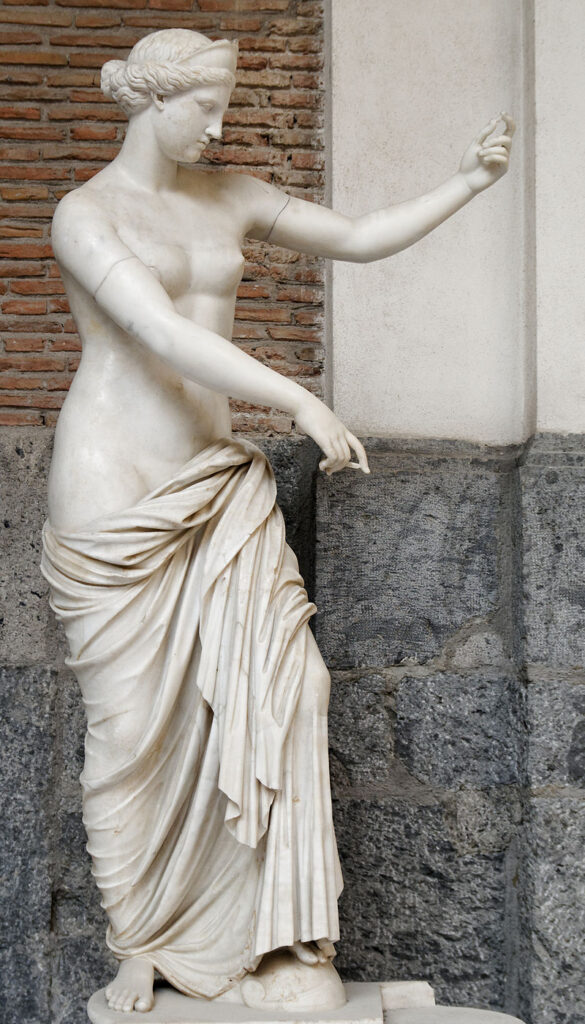
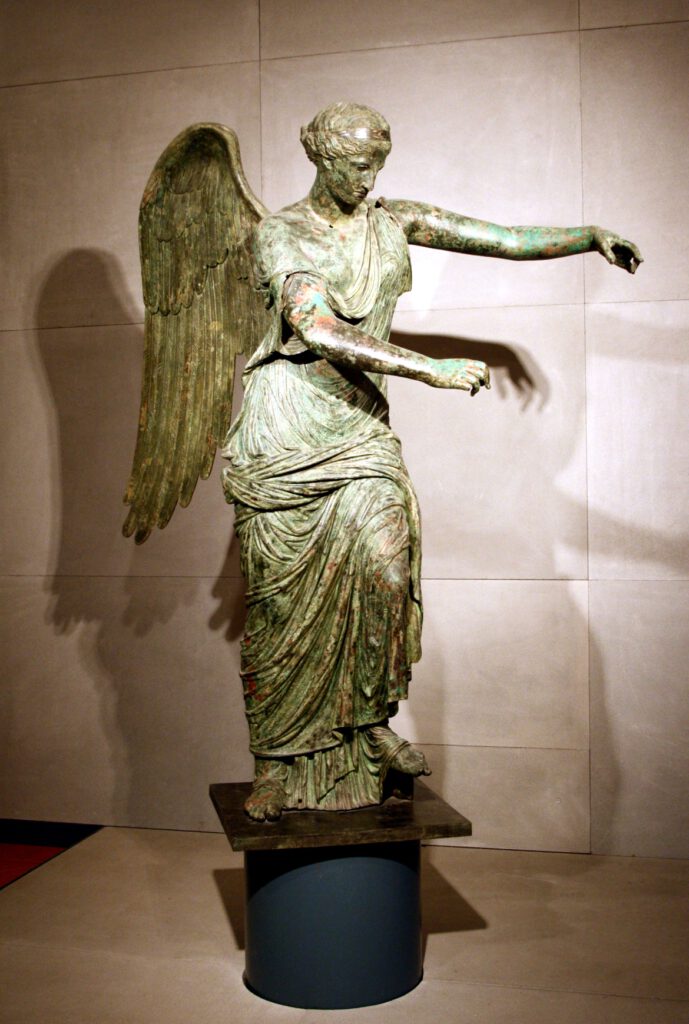
When I saw the statue it was still in the superb Museo di Santa Giulia in Brescia, which has an immense number of treasures from all periods, especially the Lombard era of the 6th century and the later Carolingian age (when the monastery of Santa Giulia was founded, in 753). These include an exquisite little ivory reliquary casket and the so-called Cross of Desiderius, as well as more mundane objects such as a perfectly preserved helmet apparently of the type worn in the Alpine area of Italy from the 4th–1st centuries BC, lined in leather for extra comfort. But since this museum is so large and needs much time to do it justice, the decision to display the Victory now in the southern hall of the Capitolium temple close by is a good one. It is also most fitting since the statue was found here. The design of the display has been provided by the Spanish architect and sculptor Juan Navarro Baldeweg. The Victory will be placed in a raised position (on an anti-seismic base) lit by a light symbolising the moon and reflecting the position of the shield. Although the statue is already here, it cannot yet be visited as all museums in Italy are closed due to Covid-19. But the Victory can be seen and the opening celebrations followed on her very own dedicated website.
Alta Macadam, November 2020







